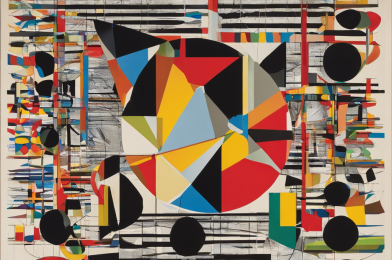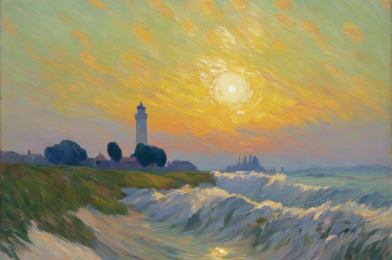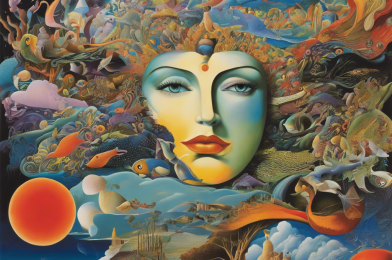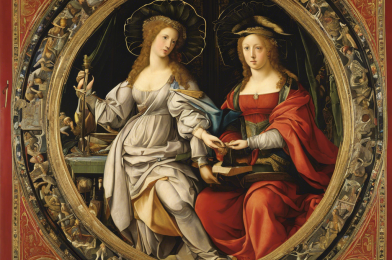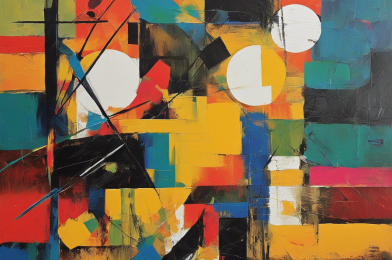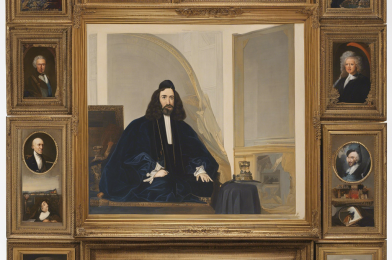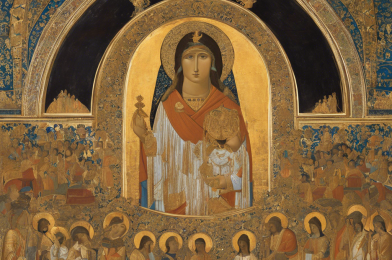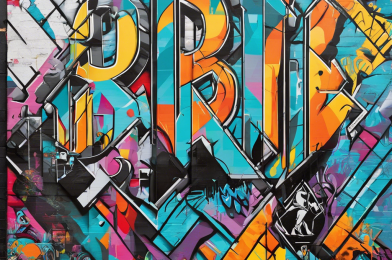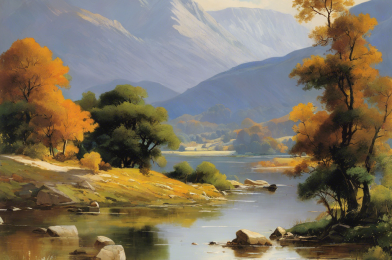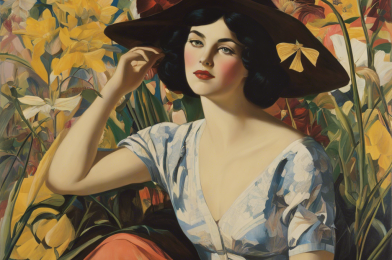The realm of experimental art offers a captivating and often enigmatic exploration of the avant-garde: a world where boundaries are pushed, traditions challenged, and new forms of expression emerge. Avant-garde visions serve as a catalyst for innovative artistic movements, encouraging viewers to question, interpret, and immerse themselves in unconventional experiences. Through its defiance of norms, experimental art invites us on a journey beyond the familiar, encouraging a shift in perspective and a re-examination of our relationship with art and the world around us.
Avant-garde artists have historically acted as pioneers, fearlessly traversing uncharted territories of creativity. They challenge societal norms, provoke thought, and inspire action through their unconventional approaches. By embracing the unknown and experimenting with form, media, and context, these artists offer us a glimpse into the limitless possibilities of human imagination. It is within this realm of experimental art that we find ourselves captivated by the unfamiliar, intrigued by the complex, and moved by the power of artistic expression that defies easy definition.
Experimental art often acts as a mirror, reflecting the complexities and ambiguities of human experience. By rejecting conventional aesthetics and narratives, avant-garde artists create works that are open to multiple interpretations, encouraging viewers to bring their own perspectives and experiences to the forefront. In doing so, these artists not only challenge our perceptions but also invite us to actively participate in the creation of meaning. The very nature of experimental art lies in its willingness to take risks, to embrace failure as a necessary step towards innovation, and to continuously push the boundaries of what art can be.
One of the defining characteristics of avant-garde art is its ability to transcend traditional boundaries and disciplines. It often blurs the lines between different art forms, incorporating elements of performance, installation, new media, and interactive experiences. By breaking free from the constraints of a single medium, experimental artists create immersive and multi-dimensional works that engage the senses and encourage active participation from viewers.
Another key aspect of avant-garde art is its engagement with social and political issues. Many experimental artists use their work as a platform to address topics such as identity, cultural norms, power structures, and social injustices. Through their unconventional approaches, they challenge dominant narratives, raise awareness, and provoke dialogue, using art as a tool for social change and a means to imagine alternative futures.
The impact of experimental art extends beyond the confines of the art world. Its influence can be seen in various aspects of contemporary culture, including fashion, design, architecture, and even social movements. Avant-garde visions have a way of seeping into the collective consciousness, shaping the way we think, challenging conventions, and inspiring new forms of expression across disciplines.
However, the very nature of experimental art that challenges conventions and defies easy categorization can also make it difficult to access and understand. Avant-garde works often require a willingness to embrace uncertainty, to engage in critical thinking, and to adopt a more fluid approach to interpretation. They demand active participation and a shift from passive observation to immersive engagement.
In a world that often favors the familiar and comfortable, avant-garde art serves as a necessary reminder of the power of innovation and the importance of challenging norms. It encourages us to embrace the unknown, to explore new perspectives, and to expand our understanding of what art can be. By doing so, we open ourselves to a richer, more complex, and diverse cultural landscape that reflects the infinite possibilities of human creativity.
As we explore the realm of experimental art, it is essential to approach it with curiosity, openness, and a willingness to engage in a dialogue with the unfamiliar. Avant-garde visions offer us a unique opportunity to expand our horizons, challenge our preconceptions, and embrace the limitless potential of artistic expression. By immersing ourselves in these unconventional worlds, we embark on a journey of discovery that enriches our understanding of art and perhaps even ourselves.
The exploration of avant-garde visions and experimental art is a fascinating journey that invites us to question, imagine, and experience art in unconventional ways. By delving into this realm, we open ourselves up to a world where boundaries are blurred, traditions are challenged, and new forms of expression emerge. It is through this exploration that we discover the power of art to transcend the familiar, inspire new perspectives, and shape the way we engage with the world around us.

